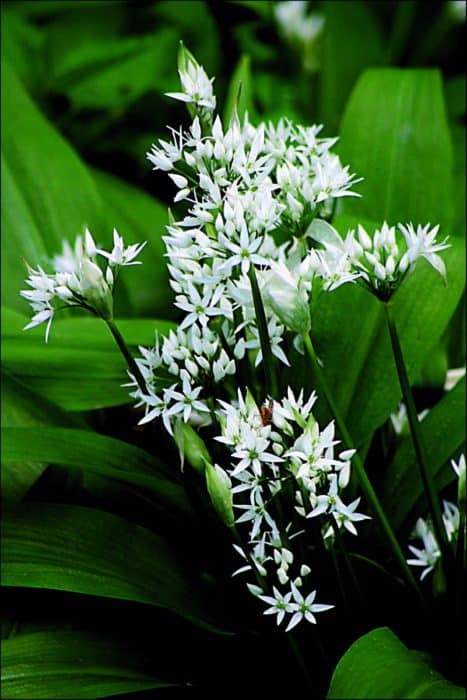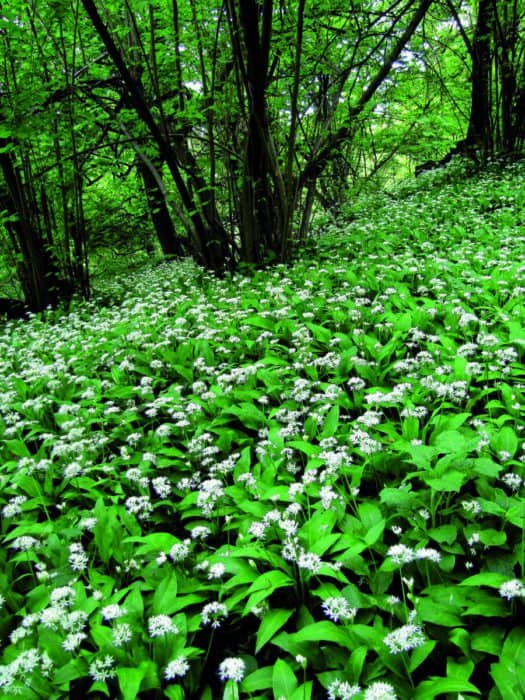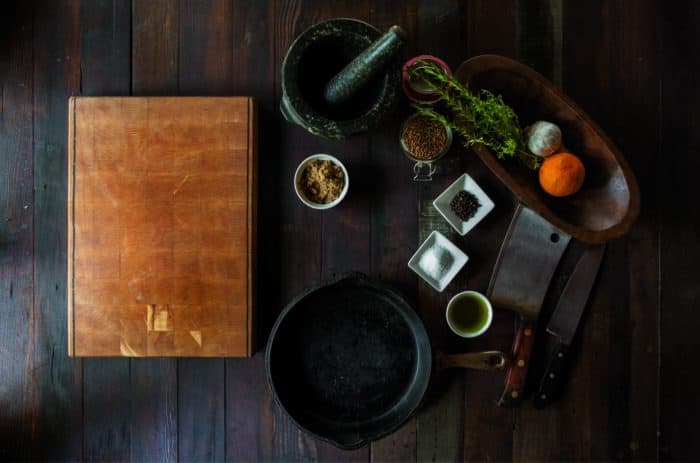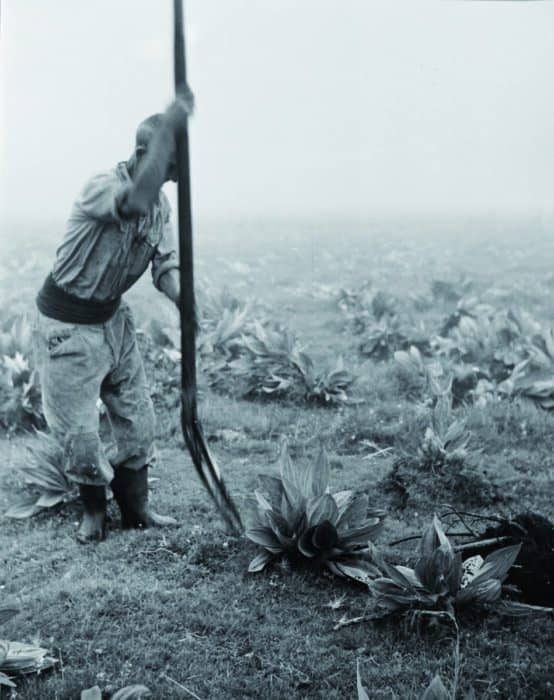The alpine plants giving dishes a twist
#Mountain
When some Alpine chefs are not in their kitchens, they are exploring the mountains looking for wild plants or working in their herb gardens. From wild garlic and wild thyme to borage and sage, these plants are used to awaken the taste buds and reveal the unique flavours of our terroir.
Rampion-root fondant; pan-fried foie gras with primrose-root jus; smoked sweetbread with pine bark and a Savoyard gratin with wild garlic. In Alpine restaurants, wild plants and garden-grown herbs provide local cuisine with that little extra something. A feast for the eyes and even more so for the taste buds, as these herbs – whether wild or grown – offer a far wider sensory palette. For those without a rural touch, eating dandelion salad, nettle soup, or acacia flower fritters would have seemed unthinkable a few years ago. But today, these delicacies are all the rage thanks to a growing public appetite for natural foods.
“Enchanting plants”
Renowned chef Marc Veyrat was one of the pioneers who introduced Alpine herbs into French cuisine. “I’m a farmer’s son. When I was eight, my grandmother would ask us to go and pick caraway leaves to use in the tomme cheese. In the evenings in the mountain pastures, we would eat soup made with white nettles and Good-King Henry. It’s important to know about these Alpine plants and understand why we once used them so much. Picking wild flowers such as thyme flowers or wild calamint is so enjoyable because these plants have such a bold, enchanting character,” says the chef.
Recipes inspired by nature
Marc Veyrat has also trained other famous chefs to pick mountain herbs and flowers, and they have gone on to create their own recipes inspired by nature. They add small amounts of plants picked in the mountains to flavour their dishes, which taste like they have been taken straight from a meadow or a forest. They can also use them to emphasise certain notes. They choose them based on their specific tastes, such as tangy, spiced, hot, bitter, peppery, or woody, their tender, soft textures, and their subtle scents of vanilla or citrus. These plants release their aromas and flavours when served alone, in infusions, decoctions, reductions and sauces, in liqueurs and soups, as well as an accompaniment to meat, fish, or desserts, depending on the chef’s imagination.
Others have decided to create magnificent herb gardens to ensure they always have flavour-packed herbs to light up their cuisine. The Hotel Incomparable, located on the banks of the Lac du Bourget, has one such garden on its grounds, and grows purple basil, verbena, sage, borage, and nasturtium. “For the last two years, we have been growing a range of vegetables and herbs, which we add to depending on the chef’s needs and inspirations. We complement them with new varieties such as begonia, which is enjoyed for its crunchy texture and tangy flavour, and tansy, a herb used to make light mousses,” says Lauren, the hotel’s landscape gardener, who is tasked with maintaining the green spaces at the Incomparable.
Eating wild plants, a necessity in times past
Since the dawn of time, humans have been drawn to the wild plants growing around where they lived. “They would be used as food, medicine, and a way to treat sick animals. More than 100 years ago, people living in the mountains depended on plants to survive. At the end of winter, the grain stores and stock rooms would be empty, and so the locals would eat the first plants to appear near their homes, such as dandelion, which makes an excellent, vitamin-filled salad,” says Ilona Genty-Mezei, a member of the Jardin du Monde Montagnes association, which works to preserve and promote the ethnobotanical heritage of the Bauges and Chartreuses Mountains. The rural inhabitants would be surrounded by plants every day, and could easily identify them. With the development of local industry, people began to leave the countryside and slowly became disconnected from nature. Eating wild plants even became something strange! They were seen as food for animals! Today, chefs, ethnobotanists, and everyone who wants to teach others about the benefits of wild plants and herbs are inviting us to rediscover these natural flavours and finally get back to nature.
A menu of Alpine gems
Wild garlic, an iconic ingredient in this new, delicious cuisine, grows almost everywhere in damp soil, in forest undergrowth, and along the side of the road. The young leaves (which look like lily of the valley) can be finely chopped and used to make garlic butter, snail stuffing and pesto, or enjoyed on bread or as a way to lend dishes a leafy, garlicky flavour. What’s more, it is less aggressive and easier to digest than regular garlic.
Nettles have also come back into fashion. They can be served in soups, pesto, ice cream, and even as crisps! Borage flowers have a similar taste to oysters and are highly nutritious, while acacia flowers are easy to include in fritters. And home-made wines, liqueurs and other floral elixirs are also very popular, such as elderflower wine, génépi liqueur, and a liqueur made using kidney vetch (a native plant in the Chartreuses Mountains).









